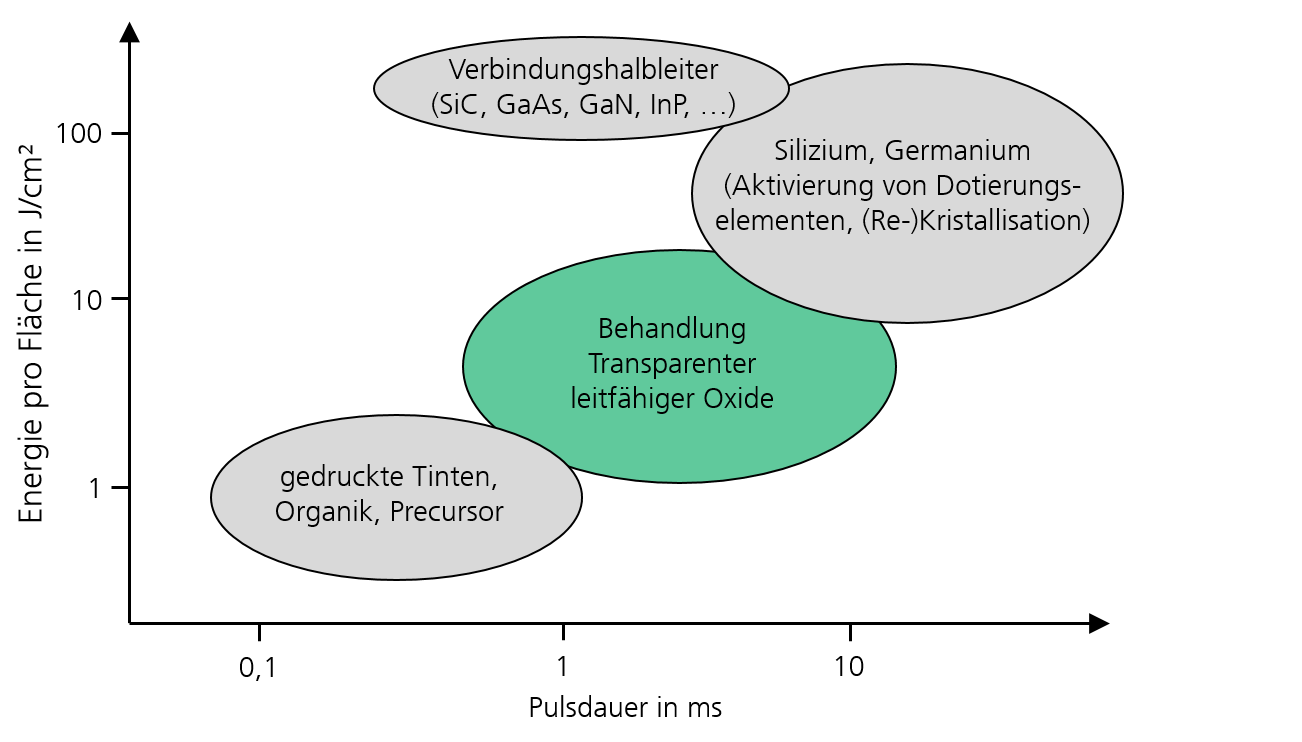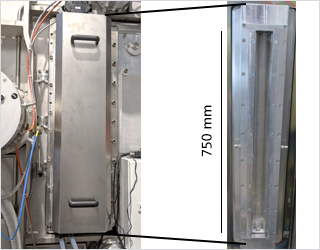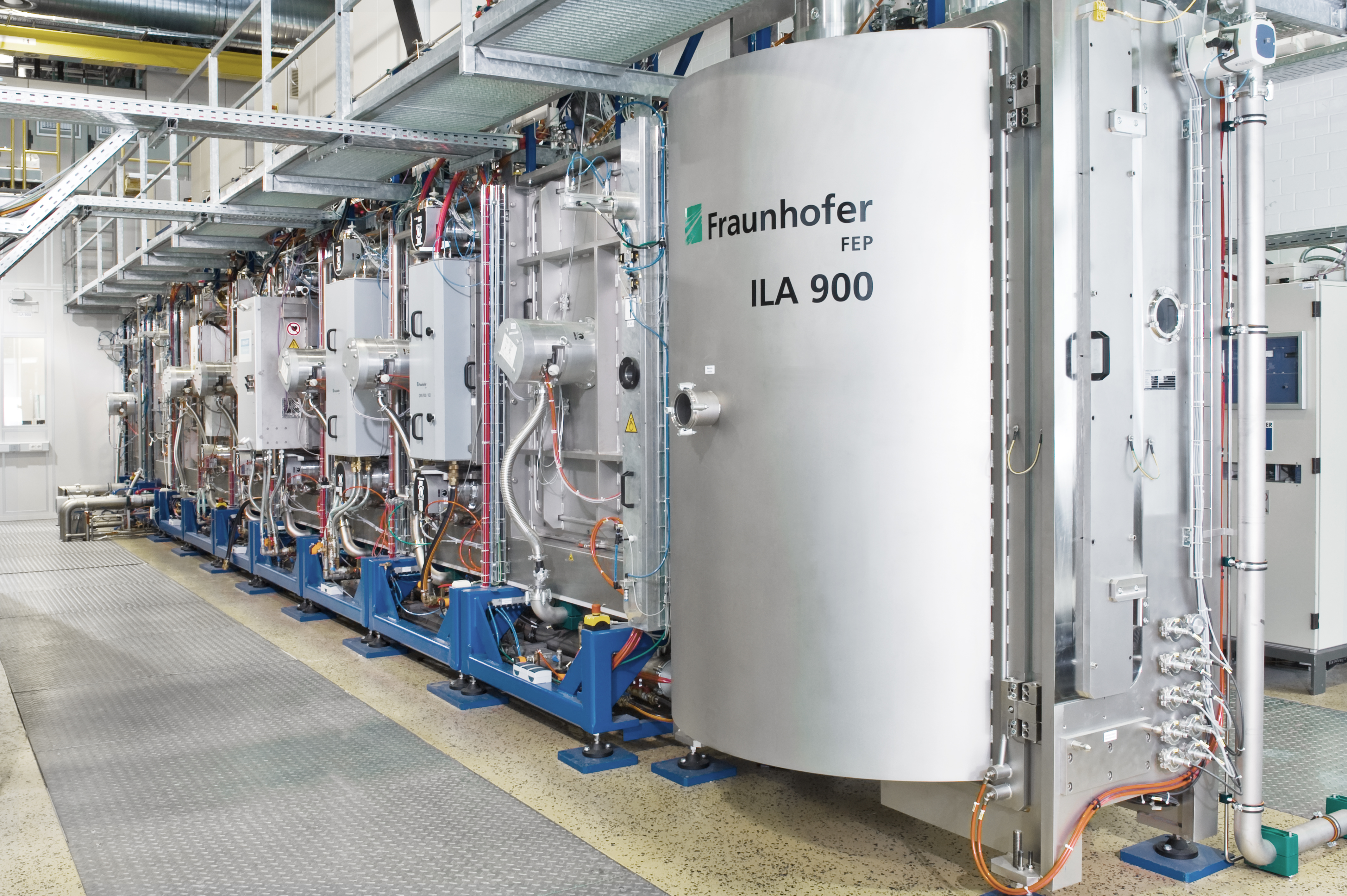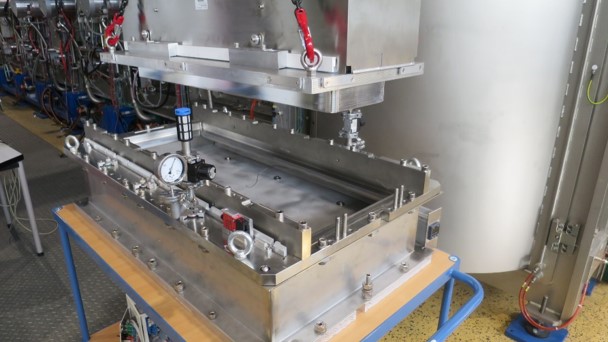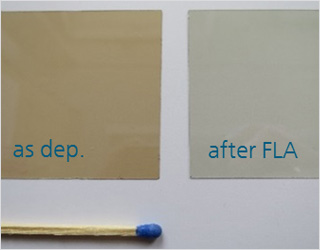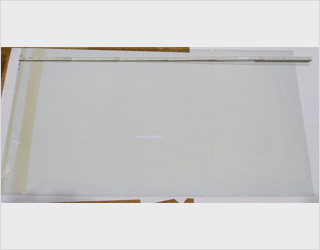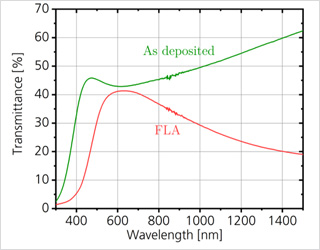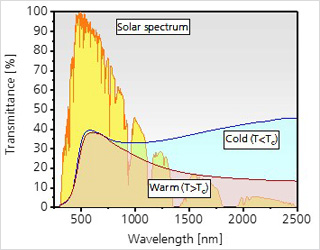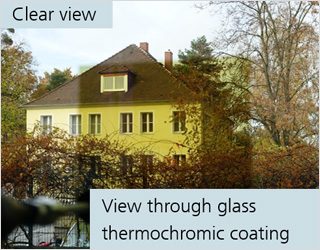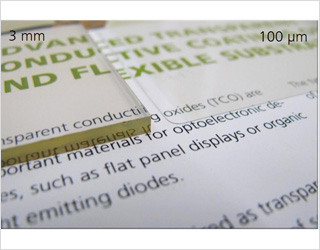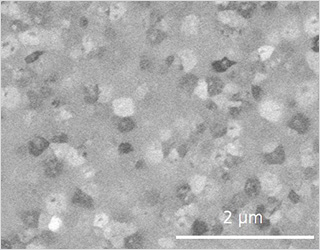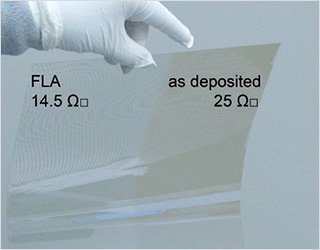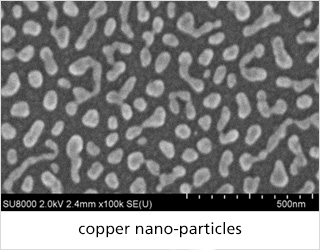Blitzlampentemperung
Blitzlampentemperung (engl.: flash lamp annealing (FLA) oder auch pulsed light, photonic sintering, photonic curing) ist ein thermisches Nachbehandlungsverfahren, bei dem Oberflächen im Bruchteil einer Sekunde aufgeheizt werden. Typische Behandlungszeiten liegen im Bereich von einigen Mikrosekunden bis zu einigen Millisekunden. Die Oberfläche wird mit einem oder mehreren hochenergetischen Blitzen einer Blitzlampe behandelt. Damit können Veränderungen der Materialeigenschaften erzielt werden ohne das darunterliegende Substrat thermisch zu belasten. Die Nutzung temperaturempfindlicher Substrate wird dadurch möglich.
Im Vergleich zum herkömmlichen Tempern im Ofen ist die Blitzlampentemperung schneller, energieeffizienter und mit einem wesentlich geringeren Anlagenfootprint verbunden. Daher zeichnet sich dieses Ultra-Kurztemper-Verfahren durch einer geringe Kostenintensität aus. Weiterhin verursacht sie kaum thermische Spannungen im Substrat und Diffusionsprozesse werden durch die kurze Prozessdauer verringert.
 Fraunhofer Institute for Electron Beam
Fraunhofer Institute for Electron Beam
